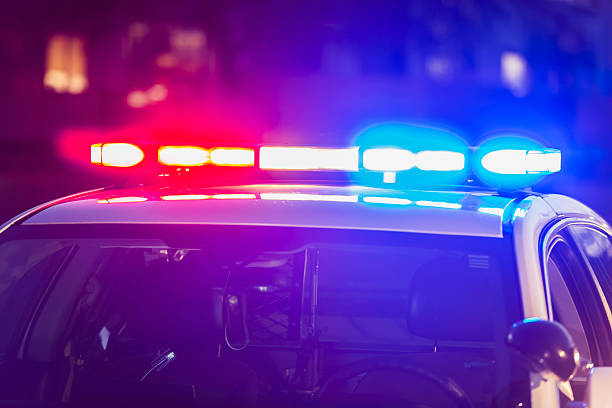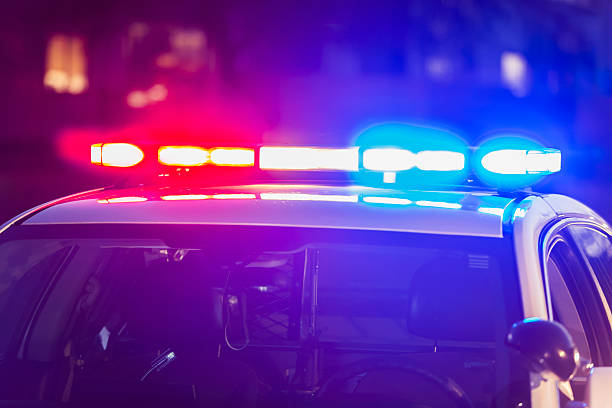SUNY Morrisville Lockdown: Security Threat Prompts Lockdown –
SUNY Morrisville Lockdown: Security Threat Prompts Campus Response
A recent incident at SUNY Morrisville, located in Morrisville, New York, triggered a full campus lockdown after a weapon-related altercation in one of its residence halls. The event underscores the importance of robust emergency response procedures on college campuses, as this case demonstrates both the threat and the institutional readiness to respond.
What Happened
On December 12, 2024, a fight involving a weapon inside Mohawk Hall prompted university authorities to place the building — and momentarily parts of the campus — under a lockdown and shelter-in-place order.
During the incident, a student was charged with multiple weapons-related felonies: second-degree criminal possession of a firearm, second-degree criminal possession of a weapon, and criminal possession of a weapon on school grounds.
Officials emphasized that the threat was isolated and that there was no ongoing risk to the wider campus community.
Institutional Response & Protocols
SUNY Morrisville’s emergency management team has a well-defined protocol for various emergencies including lockdowns. According to the college’s official emergency communications page, a “lockdown” is invoked when there is a personal safety threat inside a building, such as use of weapons, violence, or an active perpetrator. SUNY Morrisville
The protocols outline:
-
Notify the community via text message, email, voicemail and other alert systems.
-
During a lockdown: no one may enter or leave the secured area until the “all clear” is given. Movement inside is only allowed when required for safety.
-
The college also differentiates between lockdown, lockout, and shelter-in-place, each applicable based on whether the threat is inside, outside, or requires immediate cover.
In the recent incident, the campus police — in cooperation with the New York State Police and the Madison County Sheriff’s Office — responded swiftly to secure the scene and apprehend the individual involved.
Impact on the Campus Community
Though the lockdown was contained and short-lived, it served as a reminder that even well-monitored college settings can face serious safety incidents. Students and staff were temporarily disrupted but, according to officials, no serious injuries were reported.
Such events can elevate anxiety among students, faculty and parents, impacting perceptions of campus safety and potentially influencing enrollment decisions or housing choices in the future.
Key Lessons & Takeaways
-
Preparedness matters — SUNY Morrisville’s pre-existing emergency plan allowed for immediate action and community notification.
-
Clear communication is critical — The use of multiple channels (text, email, calls) helps ensure that people are informed quickly and know how to act.
-
Training and cooperation — Coordination among campus police, state police, and local sheriff’s office is essential in managing incidents effectively.
-
Student awareness and response — Knowing the difference between lockdown, lockout and shelter-in-place helps individuals respond correctly when alerted.
-
After-action review — Incidents like this are typically followed by reviews of policy, to see what worked, what didn’t, and how to improve for next time.
What Students & Staff Should Do
-
Stay alert: Be aware of alerts from the campus emergency notification system.
-
Know your exits: Familiarize yourself with at least two escape routes out of buildings, as recommended by the college.
-
Follow direction: During any emergency incident, follow instructions from university police or first responders.
-
Don’t assume it’s over: Wait for the official “all clear” before leaving a secured area.
-
Report concerns: If you see suspicious behaviour or sense something isn’t right, report it — early detection can prevent escalation.
Conclusion
The recent lockdown at SUNY Morrisville highlights how quickly a campus security situation can escalate and how crucial well-established procedures are for minimizing risk and ensuring safety. While no broader threat to the campus community was identified, the event serves as a potent reminder: campus safety is an ongoing responsibility shared by students, staff and administration. Institutions that invest in clear protocols, rapid communication and coordinated response are better positioned to protect their communities.






